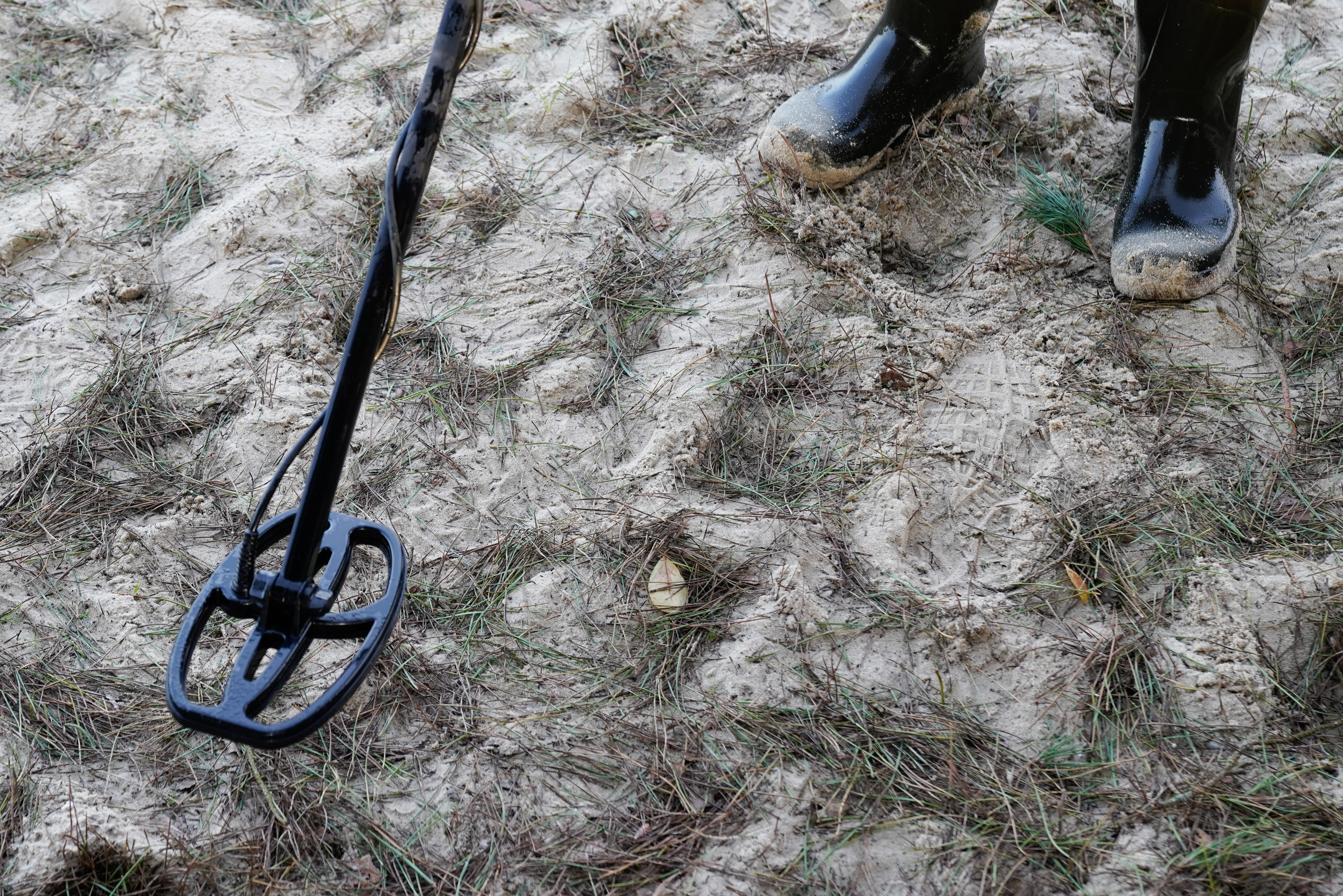Thirteen year old Milly Hardwich was using her metal detector for the first time in Royston, England when she came upon something unexpected. Milly didn’t find a lost wedding ring or coins, but a 3,000-year-old ax and other artifacts dating back to the Bronze Age.
Milly and her father and grandfather were searching in an open field when they heard the telltale beeping of a possible find. After 10 minutes of digging, they came across the ax. With further digging, they came across more artifacts including socketed ax heads, winged ax heads, cake ingots, and blade fragments. Their findings were reported in the metal detecting magazine The Searcher.
The findings were confirmed by the Cambridgeshire County Council’s environment committee which recognized all 65 items discovered by Milly, and an additional 135 discovered nearby by archeologists, were from the Bronze Age, which lasted from 2,300 B.C. to 800 B.C.
Although Bronze Age finds aren’t too uncommon in the area, the concentration of the items makes the find a rare “hoard” of artifacts. The artifacts also meet the UK’s definition of “treasure,” meaning they are at least 10 percent gold or silver and are at least 300 years old.











